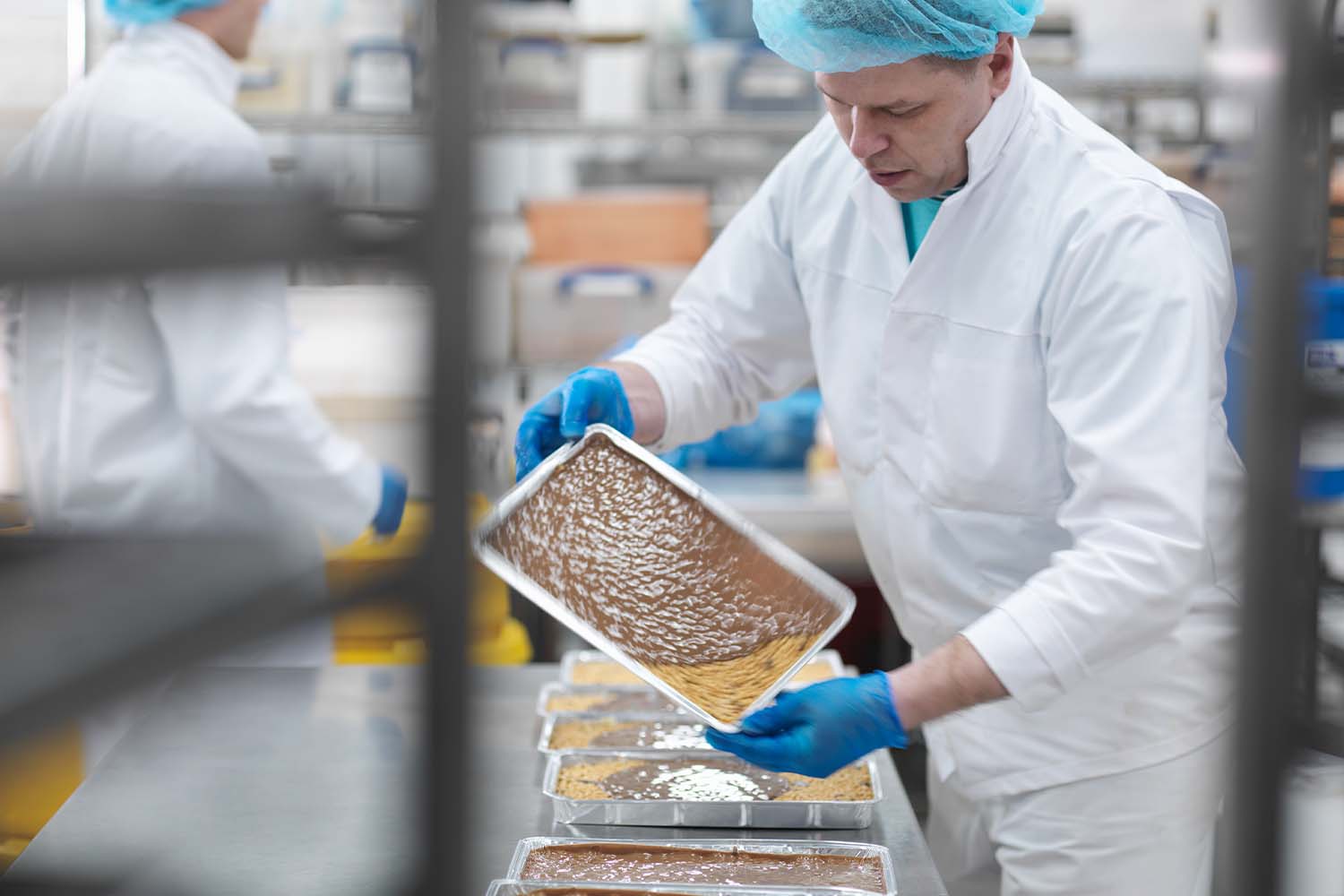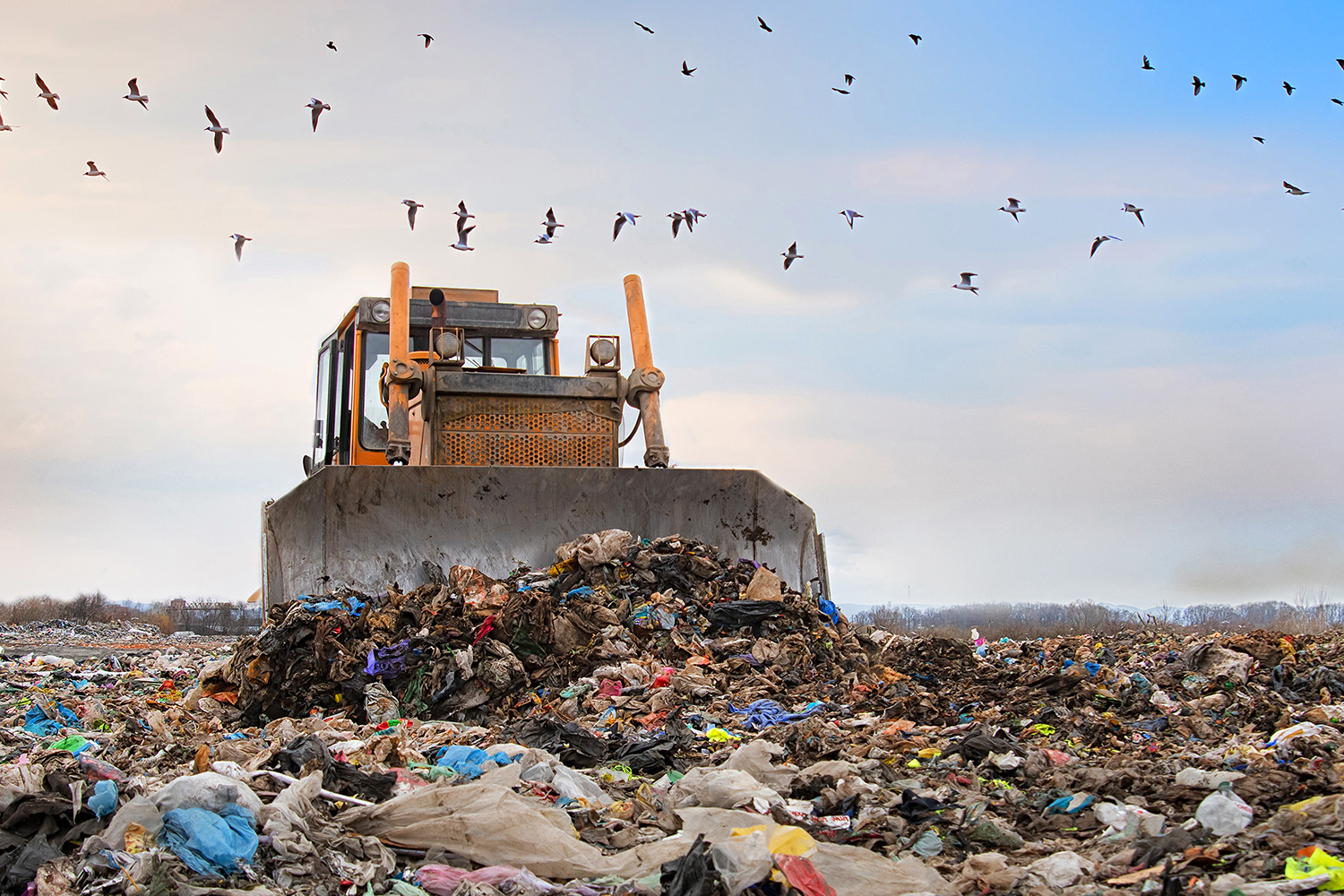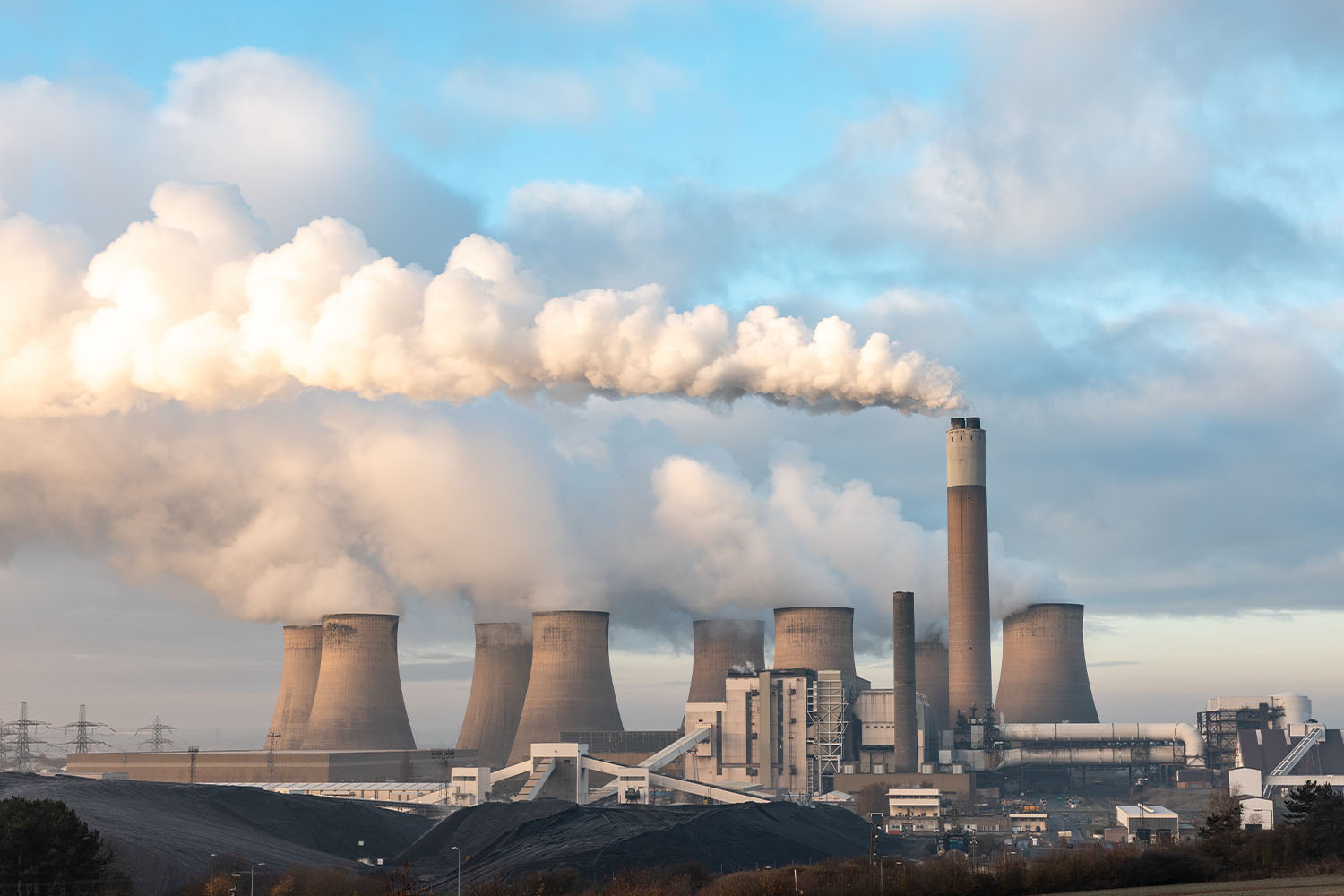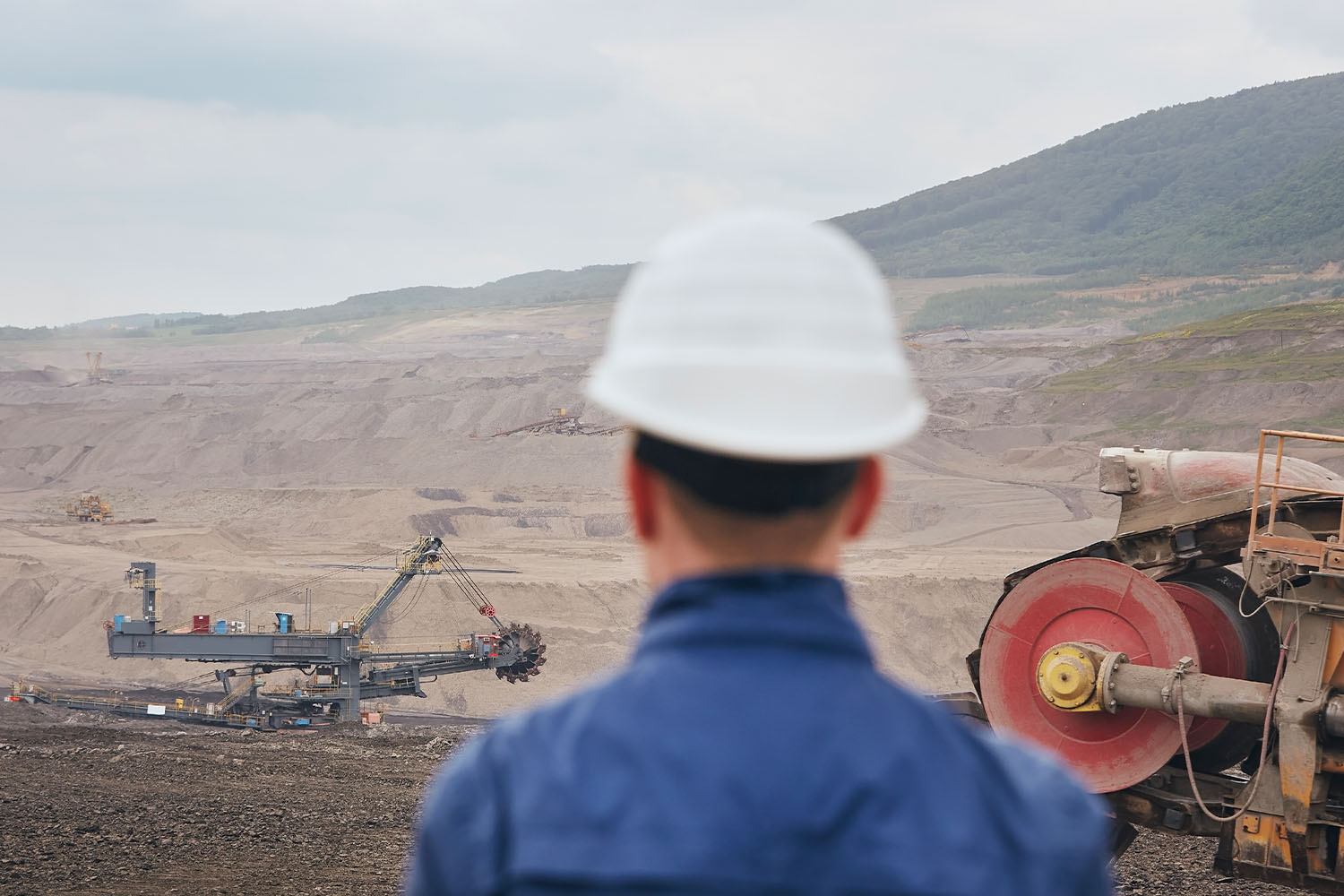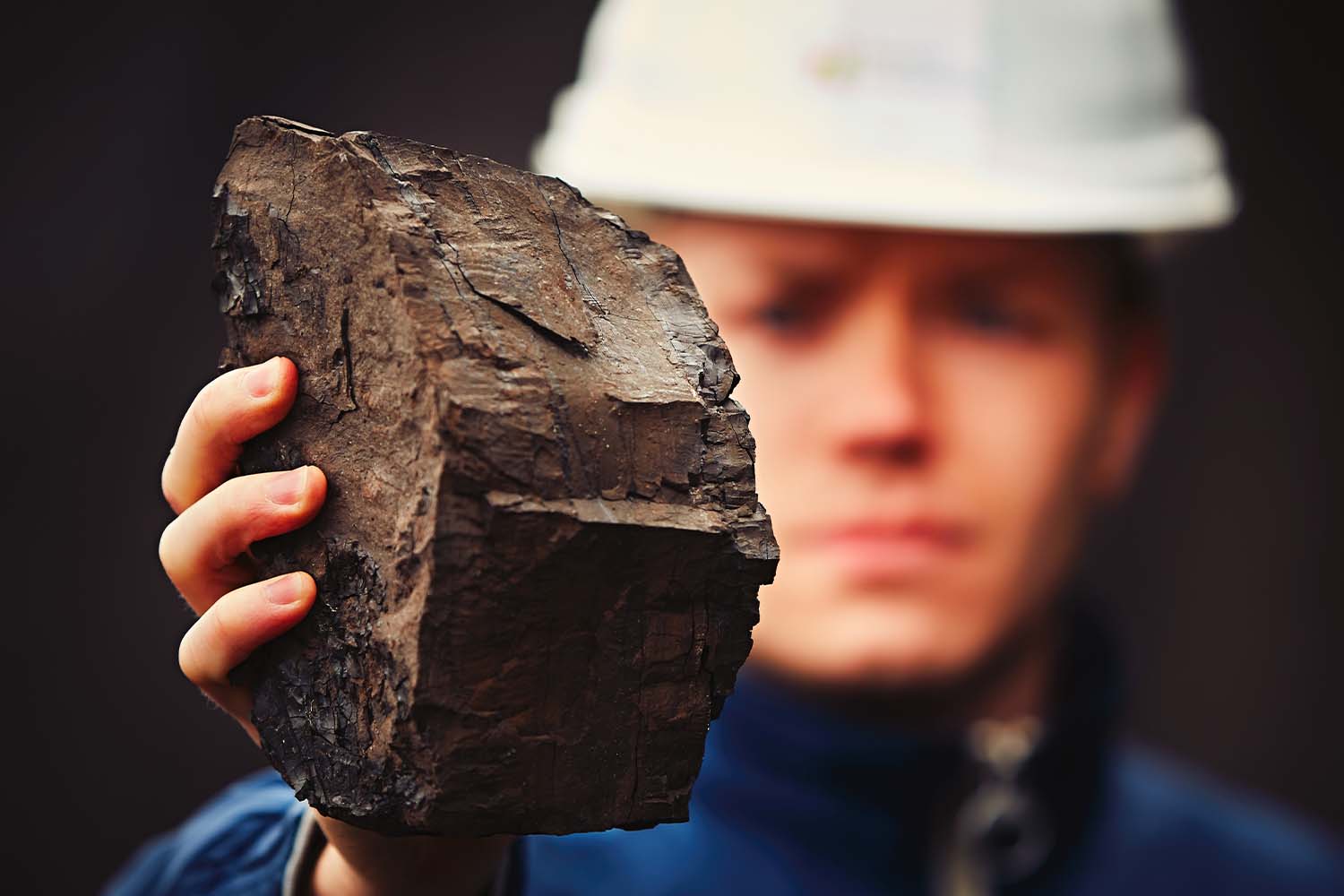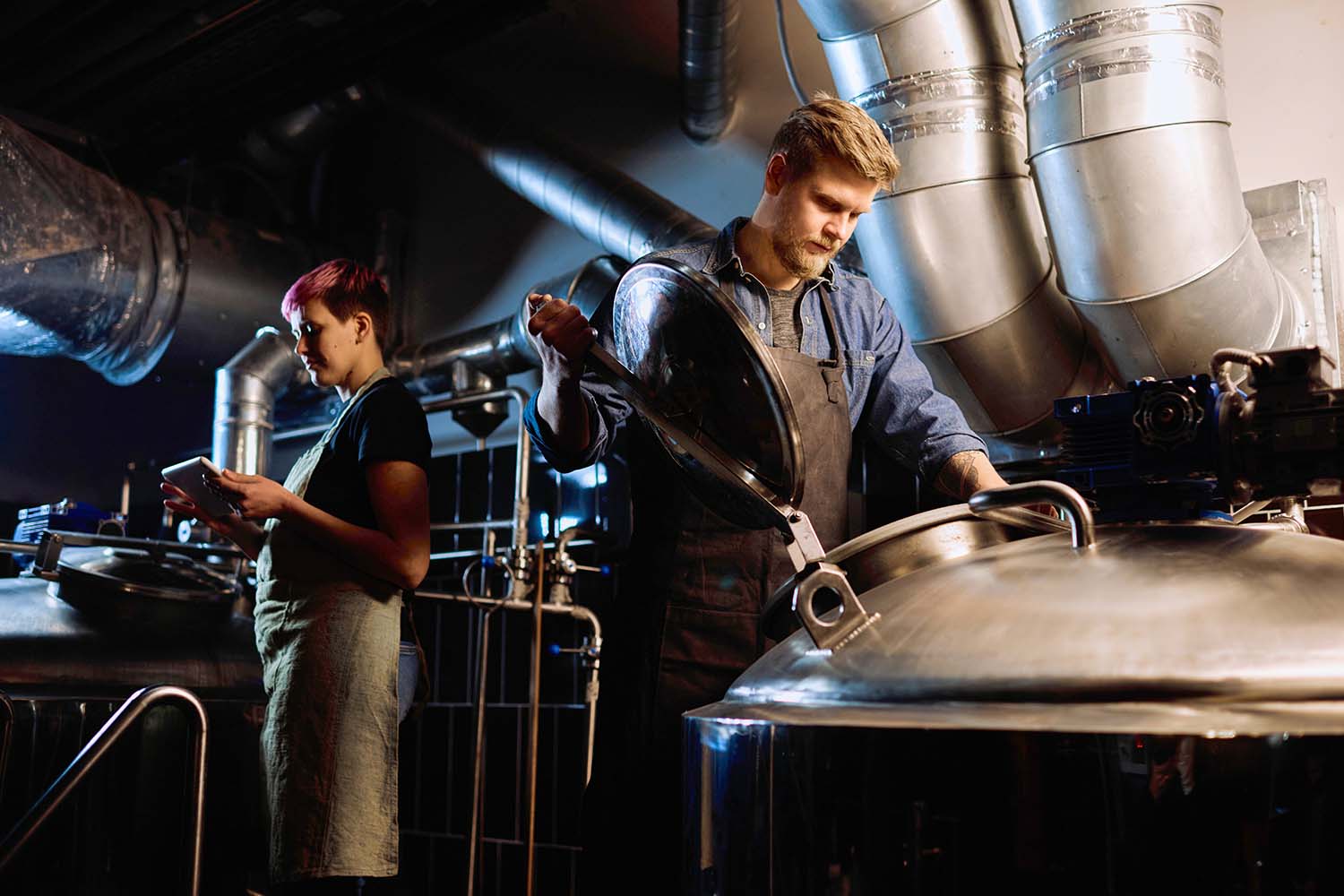Transporting minerals by sea is the most common way to get the mineral from the source country to where that mineral will be processed to become part of our everyday goods or for energy needs. This can be a challenging process, especially when it comes to controlling the moisture content of the cargo. Excessive moisture in the transported minerals can cause a range of problems, including corrosion, caking, and even cargo liquefaction, which can result in the loss of the entire shipment. To avoid these issues, many mining companies are turning to on-line NIR moisture analyzers and at the forefront of this is the Moisttech CCS3000 for real-time moisture control of their minerals.
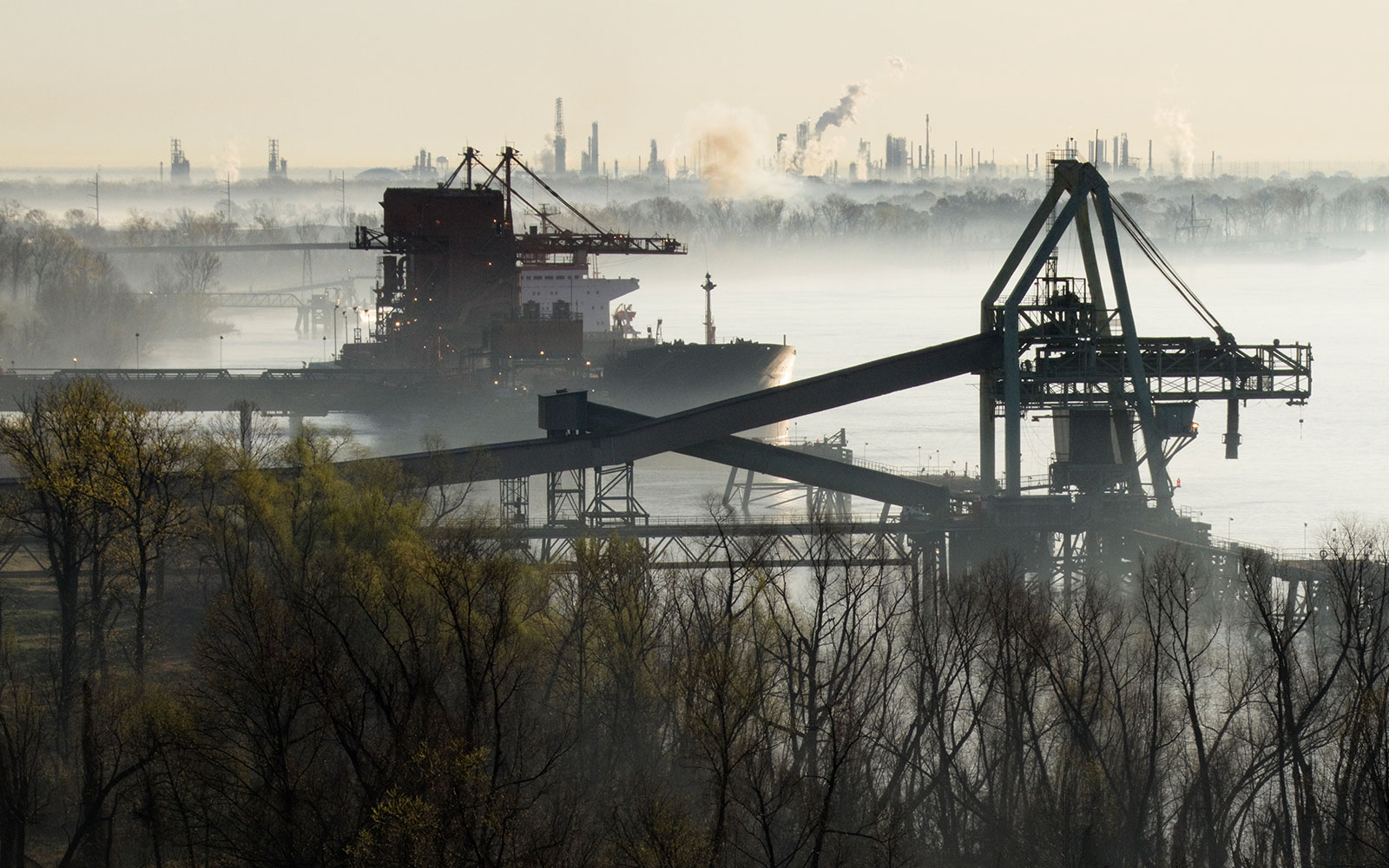
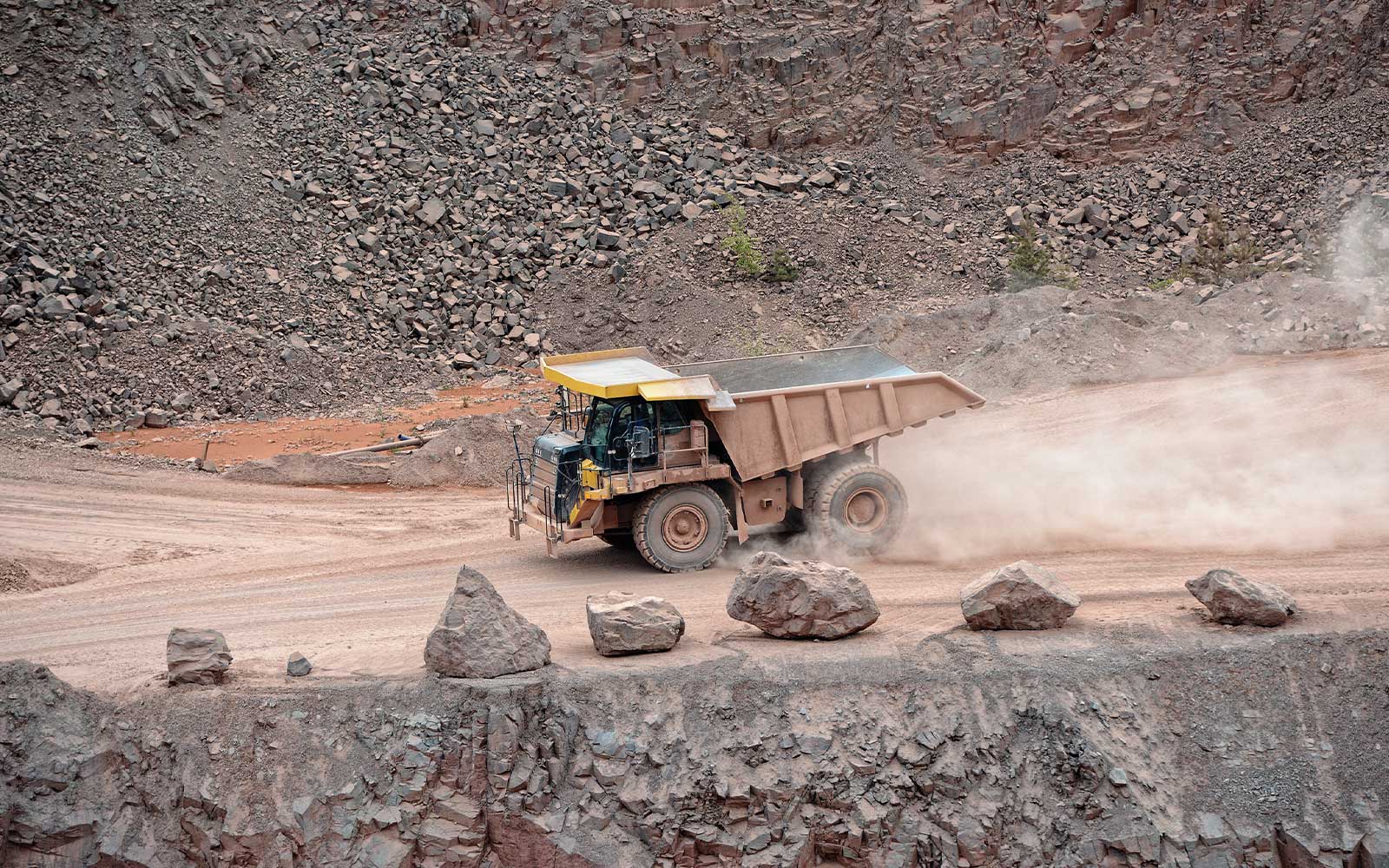
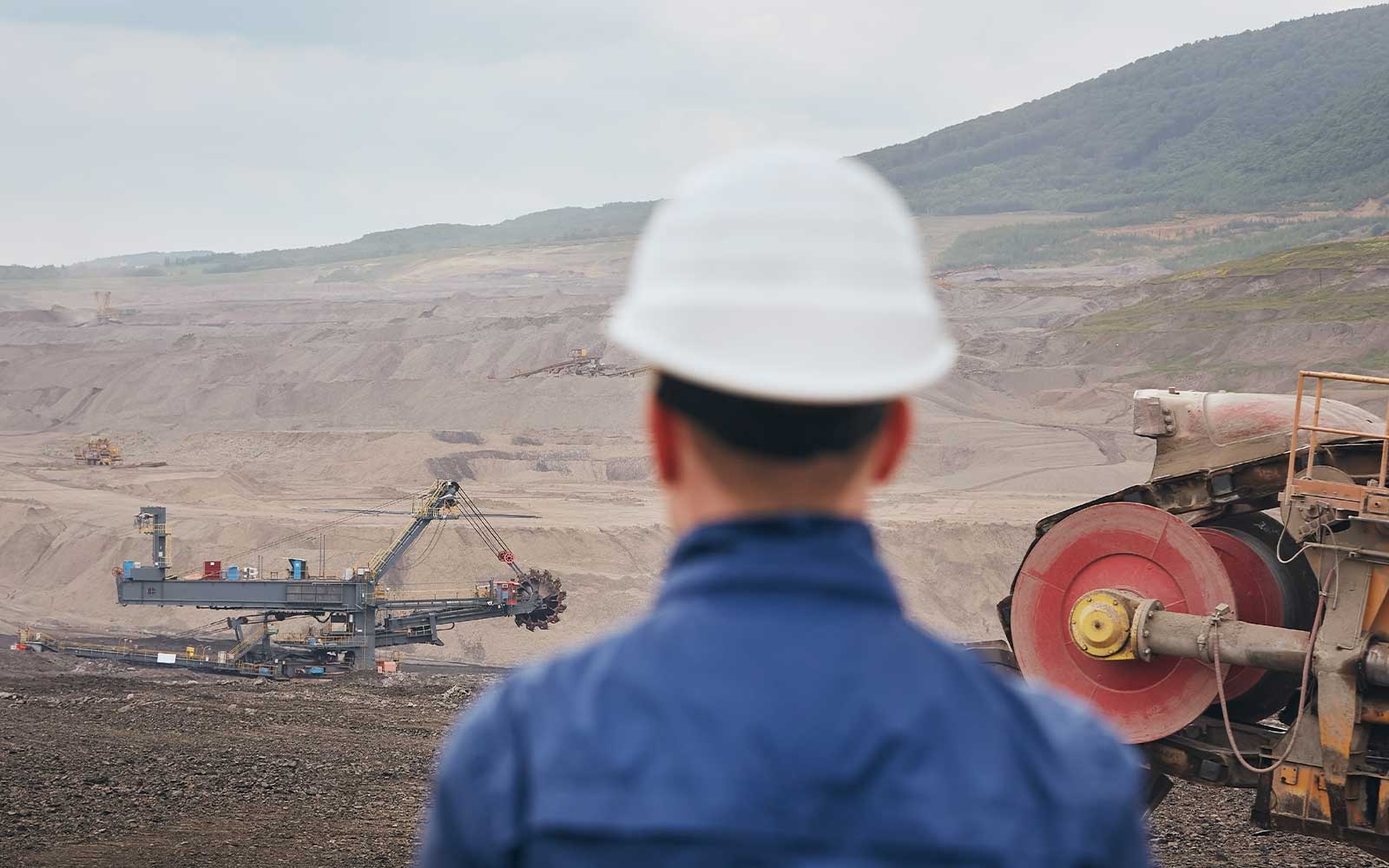
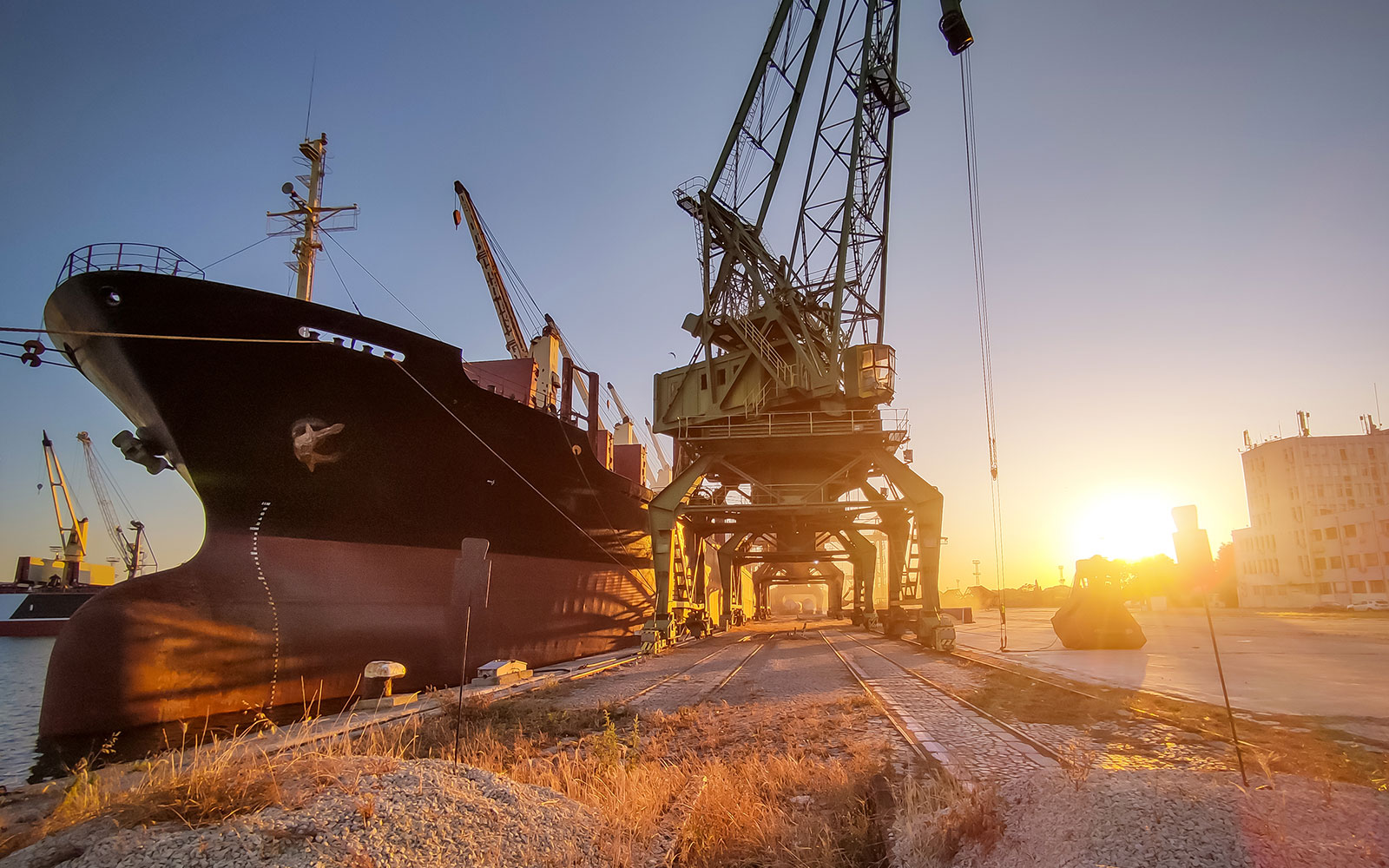
What are On-Line NIR Moisture Analyzers?
On-line NIR (near-infrared) moisture analyzers like the CCS3000 are advanced analytical instruments that use the NIR spectrum to measure the moisture content of materials in real-time. They are designed to be installed directly on a processing line, providing instant feedback on the moisture levels of minerals before they are transported by sea.
How Do On-Line NIR Moisture Analyzers Work?
On-line NIR moisture analyzers work by shining a beam of NIR light in the rage of 1100-2500nm onto the mineral sample and measuring the amount of light absorbed by the sample at specific wavelengths. The amount of absorption is then used to calculate the moisture content of the material, providing instant feedback on the moisture levels of the minerals.
Uses of On-Line NIR Moisture Analyzers for Moisture Control of Minerals
On-line NIR moisture analyzers are commonly used in the mining industry to monitor the moisture content of minerals prior to transportation by sea. By providing real-time feedback on moisture levels, on-line NIR moisture analyzers can help mining companies avoid costly cargo liquefaction and other moisture-related issues.
Transportable Moisture Limit for Minerals Mined in Australia and Across the Asia Pacific
The Transportable Moisture Limit (TML) is the maximum moisture content of a mineral that can be transported safely by sea without the risk of liquefaction. The TML is a critical factor in determining the safe transportation of minerals, as excess moisture can cause cargo liquefaction, and the ship to listing (tilting to one side) which is dangerous at sea and can result in the loss of the entire shipment.
The TML for minerals mined in Australia and across the Asia Pacific region varies depending on the specific mineral being transported. Here are some examples:
Iron Ore: The TML for iron ore is typically around 10%-12% but can vary depending on the specific grade and origin of the ore.
Bauxite: The TML for bauxite is typically around 10% but can vary depending on the specific grade and origin of the mineral.
Copper Concentrate: The TML for copper concentrate is typically around 8-12% but can vary depending on the specific grade and origin of the concentrate.
Nickel Ore: The TML for nickel ore is typically around 25% but can vary depending on the specific grade and origin of the ore.
Coal: The TML for coal is typically around 17-20% but can vary depending on the specific grade and origin of the coal.
Conclusion
On-line NIR moisture analyzers like the CCS3000 are a critical tool for mining companies looking to control the moisture content of their minerals prior to transportation by sea.
By providing real-time feedback on moisture levels, on-line NIR moisture analyzers can help prevent cargo liquefaction and other moisture-related issues, ensuring the safe and efficient transportation of minerals.
It is important for mining companies to be aware of the TML for the specific minerals they are transporting to ensure that they are transported safely and efficiently.
Please feel free to contact us for more information on the CCS3000 analyser and its uses in the mining industry.


